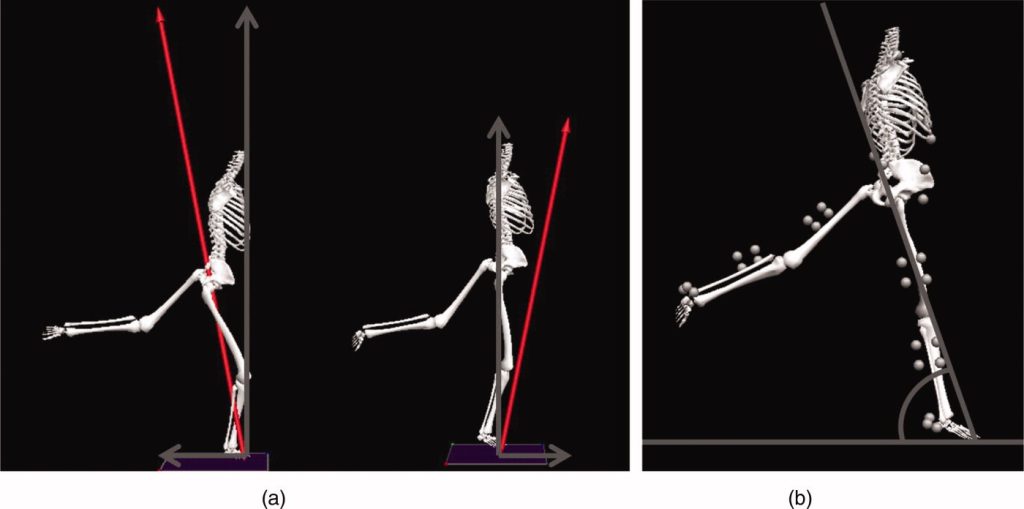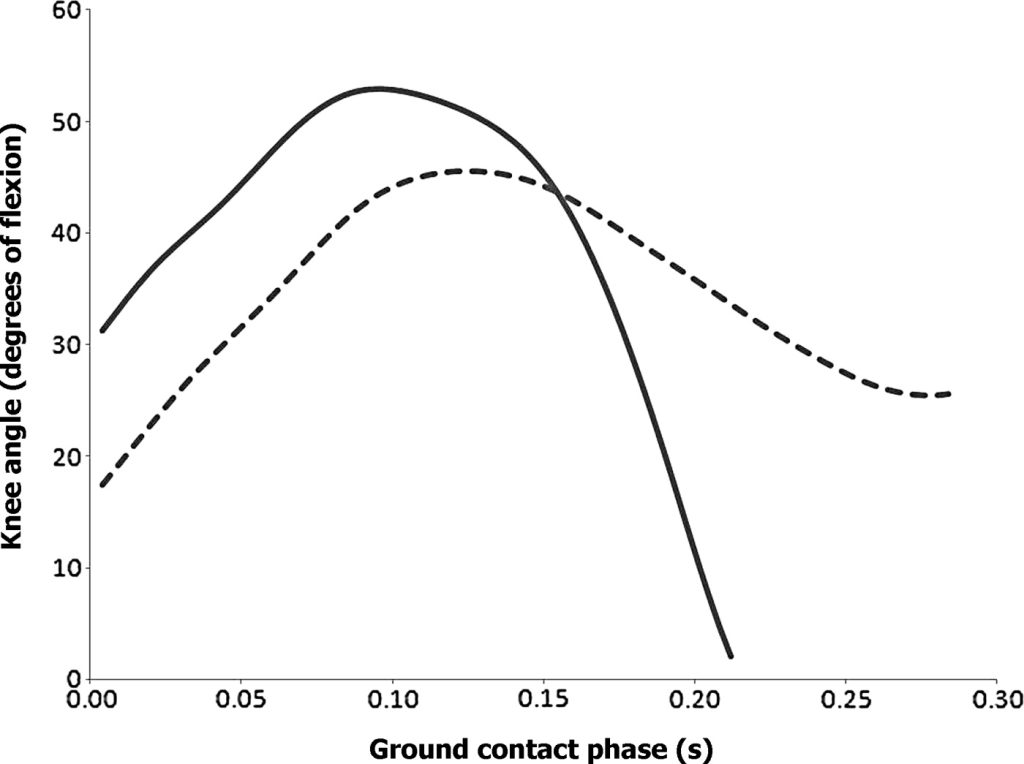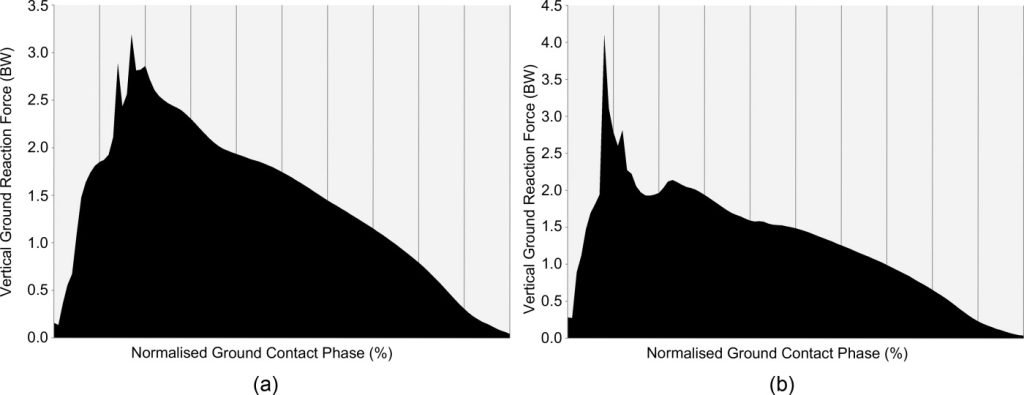Throughout history, there has been a long-standing debate about whether dancers should be classified as athletes or artists. Athletes need strength to be proficient in a sport. Artists require creativity to produce works of art. Dancers combine strength with artistry to not only leap high into the air but also look graceful as they do so. Yet, many people still refuse to classify dancers as athletes or even as athletic artists.
Dancers, just like athletes, incur injuries through repetitive movements and overuse. Injuries of the lower extremities account for 58% to 88% of injuries in dancers, including rectus femoris tendinitis (groin pain), a torn meniscus (knee pain), or patellar tendinitis. Patellar tendinitis or patellar tendinopathy is pain in the anterior knee that occurs from small tears in the patellar tendon and is a common lower extremity injury found in both athletes and dancers due to their repetitive jumping and leaping movements. Unlike athletes though, dancers are at a greater risk for this injury through continuous pressures derived from jumping higher, leaping farther, and striving to look aesthetically pleasing while doing so. For a dancer, the saut de chat, a split leg leap into the air, is a repetitively performed dance move which may contribute to this injury. What specifically about the saut de chat puts dancers at greater risk for patellar tendinopathy? Through careful analysis of the mechanics of a saut de chat, an understanding of injury risks may be reached, allowing comparison to the mechanics of athletic movements that can settle this long-standing debate.

Saut de chats have three phases: take-off, where the dancers feet and pushing up off the ground, flight, where the dancer’s feet have lifted up off the ground and are flying through the air, and landing, where the dancer’s feet have made contact with the ground again. The take-off and landing phases involve ground contact where loading on the knees will take place. During ground contact, the landing knee experiences a braking ground reaction force, where the ground pushes forward and up on the knee, and a propulsive ground reaction force, where the ground pushes up and back on the knee.

Another important mechanical measure is knee angular displacement and joint angular stiffness. Knee angular displacement is how much the angle of your knee changes from its neutral position when the knee is fully extended. Joint angular displacement is a measure of how well a joint, in this case the knee, resists rotations. In a study evaluating differences in peak ground reaction forces and knee angular displacement between the landing and take off phase , a correlation between knee angular stiffness and risk for patellar tendinopathy could be drawn. Results revealed a 26% greater peak ground reaction force in the landing phase and a 67% greater knee angular displacement, as compared to the take off phase. Therefore, it could be concluded that reaction forces of the ground exerted during the landing phase more greatly contribute to an increased risk of injury as compared to forces exerted during takeoff.

In a study comparing the magnitude of the two force types during the landing phase of a saut de chat between dancers with patellar tendinopathy and those without it, dancers with the injury experienced greater vertical ground reaction forces than those without the injury and at least 2.5 times greater ground reaction forces as compared to athletic activities like running.
In another study, modifications to leap strategy were performed and reaction force magnitude was measured. Dancers were asked to leap far, then separately leap high, and finally try to do both. Applications of this study would allow dancers to make modifications to goals of their leaps to better prevent injury. Unfortunately, a clear conclusion could not be made about whether jumping higher or farther would lead to greater risk for injury.
Overall, it can be concluded that dancers experience greater ground reactive forces during the landing phase of their leaps which puts them at risk for injury more so than from forces experienced during the take off phase of their leaps . Also, dancers with patellar tedinopathy experience greater ground reactive forces at the landing of their leaps as compared to athletes who run and jump. Therefore, dancers generally endure greater forces in the repetitive movements they perform when compared to athletes, so they must build more strength than athletes. With far more strength than an athlete and with the creativity of an artist, the debate is settled: dancers are both athlete and artists.
Interested in learning more about how biomechanics affects dance injuries: read this article or this paper.
